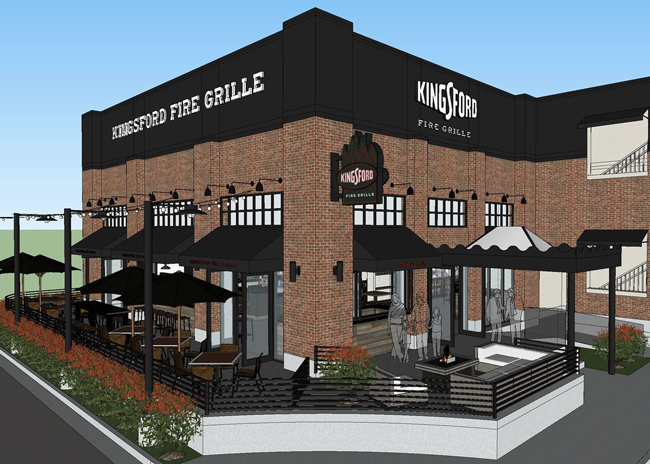 Christi ChristianSocial media platforms are essential marketing vehicles for restaurants today. As older standbys, X (formerly Twitter), Facebook and Instagram continue to make their marks in the food and beverage space, newer platforms like Tik Tok have also captured consumers’ attention. Video clips have replaced food pics as the standard on Tik Tok, Instagram’s Reels, and YouTube Shorts. They’re all making a big impact in food and beverage marketing.
Christi ChristianSocial media platforms are essential marketing vehicles for restaurants today. As older standbys, X (formerly Twitter), Facebook and Instagram continue to make their marks in the food and beverage space, newer platforms like Tik Tok have also captured consumers’ attention. Video clips have replaced food pics as the standard on Tik Tok, Instagram’s Reels, and YouTube Shorts. They’re all making a big impact in food and beverage marketing.
Some restaurants use social media to promote special events such as New Year’s Eve celebrations or Super Bowl parties. Others create content to tout loyalty programs and announce contests for guests to win prizes such as party-sized takeout meals or prime seating for a special event such as a Valentine’s Day dinner.
One trend crosses all social media outlets. “Influencers have taken over the space,” says Christi Christian, chief marketing officer, Synergy, a restaurant consulting firm. People who have built followings by posting reviews and clever content about restaurants in their area can drive customers to your establishment. This is a critical cohort to woo and cultivate, as they reach an audience that is eager to spend time and money dining and socializing with friends.
While getting noticed by an influencer with national or international reach may be the ultimate prize, a lot of “microinfluencers” that focus on a particular metro region are very effectual for brands, Christian says. Synergy likes to engage with microinfluencers that have at least 10,000 to 15,000 followers.
Local influencers often reach out to restaurants they like or have heard about. If an influencer that already has a positive view of your restaurant reaches out to you, you can pretty well count on getting positive coverage from them. Influencers also welcome brands that reach out to them. Tracking “Yelp elites,” people who leave numerous reviews on Yelp, is an effective way to find local social media influencers, Christian says.
Once influencers are identified, restaurants invite them in, offering a free meal for them and a few friends. In some cases, Christian develops agreements for clients with influencers that consist of a certain number of posts in return for a given amount of food.
In recent years, influencers have added short-form videos to their toolbox. Some restaurants have also adopted video for marketing purposes themselves. There’s no secret formula to create a popular video, but there are some rules of thumb. First, do not make it seem like an ad, Christian says. People crave authenticity in their Tik Toks and Reels, not highly produced corporate messaging.
Videos with an educational component, such as a behind-the-scenes look at how meals are prepared gain many looks, Christian says. This genre can highlight how your establishment uses healthy, fresh ingredients and prepares meals with care.
Video is a great way for brands to cultivate a unique personality. Christian offers the example of Nonna, a southern California Italian restaurant that she frequents. Chef Jacopo Falleni has created several short videos from the kitchen where he and his mom playfully banter about how to create their dishes. The shorts feature insight on how the dishes have been handed down through generations along with plenty of good-natured ribbing between mother and son. One of these shorts went viral.
Any brand can generate buzz using social media. “You don’t need a big budget,” Christian says. “You just need some creativity.”



